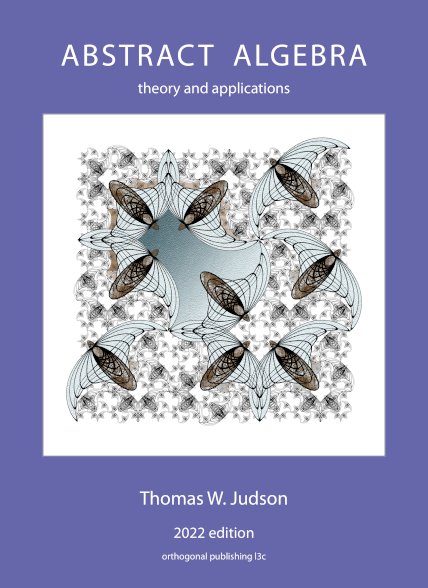Section 4.2 Multiplicative Group of Complex Numbers
The complex numbers are defined as
Every nonzero complex number
There are several ways of graphically representing complex numbers. We can represent a complex number
Nonzero complex numbers can also be represented using polar coordinates. To specify any nonzero point on the plane, it suffices to give an angle
Hence,
and
We sometimes abbreviate
Example 4.19.
The polar representation of a complex number makes it easy to find products and powers of complex numbers. The proof of the following proposition is straightforward and is left as an exercise.
Proposition 4.20.
Example 4.21.
Theorem 4.22. DeMoivre.
Proof.
We will use induction on
Example 4.23.
Subsection The Circle Group and the Roots of Unity
The multiplicative group of the complex numbers,
The following proposition is a direct result of Proposition 4.20.
Proposition 4.24.
The circle group is a subgroup of
Although the circle group has infinite order, it has many interesting finite subgroups. Suppose that
Theorem 4.25.
Proof.
By DeMoivre’s Theorem,
The
Example 4.26.
The 8th roots of unity can be represented as eight equally spaced points on the unit circle (Figure 4.27). The primitive 8th roots of unity are

